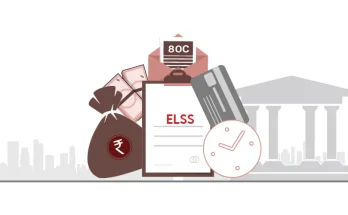AI trading has emerged as a powerful tool for investors and traders seeking to navigate various market conditions with precision and efficiency. Using machine learning algorithms and data, AI trading systems identify patterns, make predictions, and execute trades at speeds far beyond human capability. Financial markets typically experience four main states:
AI trading in bull markets
During bull markets, when prices trend upward, AI trading systems employ several strategies to capitalize on the positive momentum:
- Trend following – AI algorithms analyze historical data and current market trends to identify and ride strong upward movements. These systems might use machine learning techniques to detect subtle changes in trend strength and adjust positions accordingly.
- Momentum trading – By analyzing various technical indicators and market sentiment data, AI trading systems identify stocks or assets with strong upward momentum. The AI then trades to capitalize on momentum-driven price increases.
- Breakout detection – Machine learning models recognize potential breakout patterns, allowing AI trading systems to enter positions early in emerging uptrends.
In bull markets, AI trading systems also incorporate sentiment analysis of news feeds and social media to gauge market optimism. This is done to identify potential opportunities before they become widely recognised.
AI trading strategies for bear markets
- Short selling – AI algorithms identify stocks or assets likely to decrease in value and automatically execute short-selling strategies. These systems might analyze factors such as deteriorating fundamentals, negative sentiment, or technical breakdown patterns.
- Hedging – Machine learning models assess portfolio risk in real-time and implement dynamic hedge strategies. This might involve automatically adjusting positions in inverse ETFs or options to offset potential losses in long positions.
- Sector rotation – The immediate 1a pro air systems analyze macroeconomic data and sector performance to shift capital from underperforming sectors to those showing relative strength, even in a declining market.
Range-bound markets
- Mean reversion – Machine learning algorithms identify assets that have deviated significantly from their average prices and execute trades based on the expectation that prices will return to the mean. These systems might analyze historical price data, volatility patterns, and other statistical measures to determine optimal entry and exit points.
- Oscillator-based trading – AI models are trained to interpret and act on various technical oscillators, e.g., RSI or stochastic oscillators. AI fine-tunes its interpretation of these indicators based on the range-bound market.
- Pattern recognition – Artificial convolutional neural networks are employed to recognize complex chart patterns that might indicate potential breakouts or breakdowns within the range.
AI trading in volatile markets
Volatile market conditions present both significant opportunities. AI trading strategies for volatile markets focus on rapid analysis and execution.
- High-frequency trading (HFT) – AI-powered HFT systems analyze market microstructure and order flow data to execute trades within milliseconds, capitalizing on small price discrepancies.
- Volatility-based position sizing – Machine learning models can dynamically adjust position sizes based on real-time volatility measurements, potentially increasing positions when volatility is low and reducing exposure during highly volatile periods.
- News-based trading – Natural Language Processing (NLP) algorithms analyze news headlines and social media sentiment in real-time, allowing AI trading systems to react quickly to market-moving events.
- Options strategies – In volatile markets, AI systems can implement complex options strategies, such as straddles or iron condors, automatically adjusting these positions based on changes in implied volatility and other market factors.
AI trading strategies offer a sophisticated and adaptable approach to navigating various market conditions. It’s imperative to remember that AI trading is not a magic solution. Successful implementation requires a deep understanding of financial markets and artificial intelligence technologies. Traders and investors looking to incorporate AI strategies should approach them with realistic expectations and commitment to ongoing refinement.




